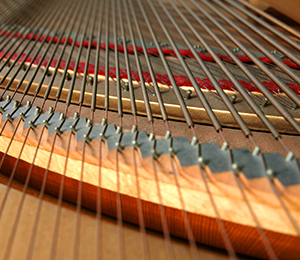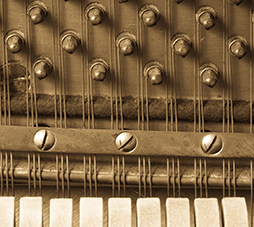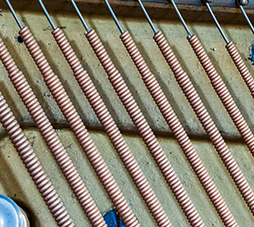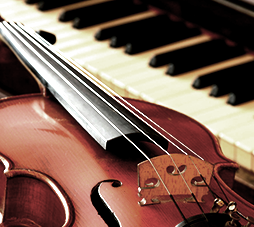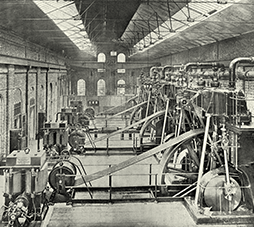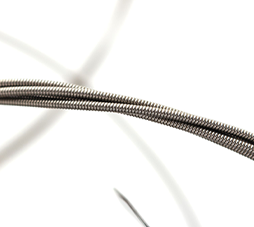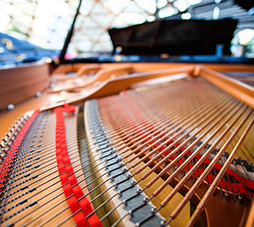Music WirePiano improvement and musical composition

Piano improvement and musical composition
After meeting with limited success in Italy, Cristofori 's work was taken up by the Silbermann brothers and their disciples, who were masters of German organ construction. However, due to the Seven Year War between Austria and Prussia, many of the disciples began to make pianos in England. This led to Britain becoming a major center of piano production during the Industrial Revolution. Meanwhile, in Germany, Johann Andreas Stein took over the work of the Silbermanns. He added new refinements to the workings of the piano, creating a string striking mechanism known as the "Viennese action," and earning a lasting reputation.
Piano of the same type as that owned by Beethoven
Manufactured by Broadwood & Sons

Photo provided by Hamamatsu Museum of Musical Instruments
Stein's pianos featured a light touch and sound. Mozart was pleased with them, playing a Stein piano during his 1777 concert tour and creating many pieces of music that were well suited to the sound of this instrument. It is said, though, that Mozart could not purchase a Stein piano himself because, at a cost of twice his annual income, they were far too expensive for him.
This era saw the emergence of many great composers, including Haydn, Mozart and Beethoven. For a composer, an instrument's timbre and range directly affected their compositional possibilities. The piano's range was in transition at this time, as piano makers tried to respond to the music the composers envisioned, while the composers continued to expand their horizons, stimulated by the piano's capabilities. Beethoven provides an illustrative example. Both the range of the pianos he used and the tonal range of his compositions expanded as time went by, growing from five octaves in his earlier works to a full six-octave range in his later compositions. During this time, there was not only an increase in the number of notes, but tonal advances as well. New techniques were introduced, including raising the number of unison strings from two to three, and applying windings to the bass strings. These technical enhancements helped to expand the volume, range and tonal character of the piano.
Beethoven's Improvisations and Broken Piano Strings
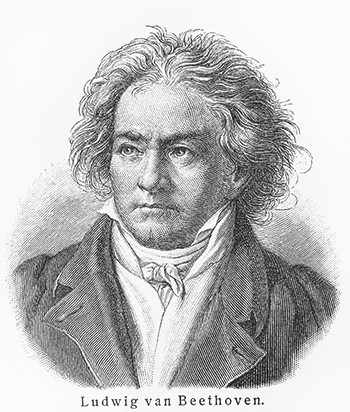
Beethoven was so good at improvisation that sometimes his audiences were nearly tearful in wonder. As another Vienna pianist put it, "That young man is hiding the devil inside. I have never heard such a performance!" He played using his entire body, as if he were an orchestra conductor. It is said that he raised his hands high for fortissimo passages and hunched his body over the keyboard to smooth his legato fingering. Once he started playing, he attacked the keyboard without restraint. Because of that, it is said that his performances were hard on both hammers and strings. Legend has it that, at the start of a particularly dynamic improvisation, he broke six strings when he struck the first chord!
Beethoven's playing style might have been part of the problem, but as noted earlier, piano strings in the second half of the 18th century were made of relatively weak brass or iron wire, so they were probably easy to break. An assistant would remove the broken strings while he continued to play. With unison strings, he was able to play on, even after strings were broken. Doesn't that sound just like Beethoven?

